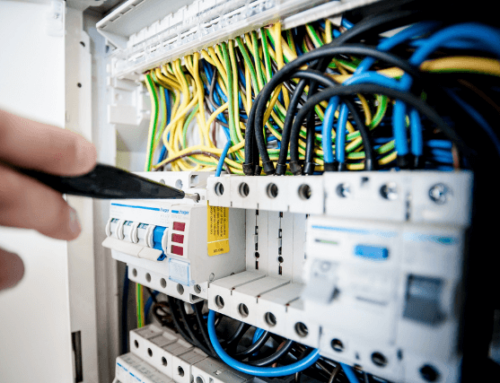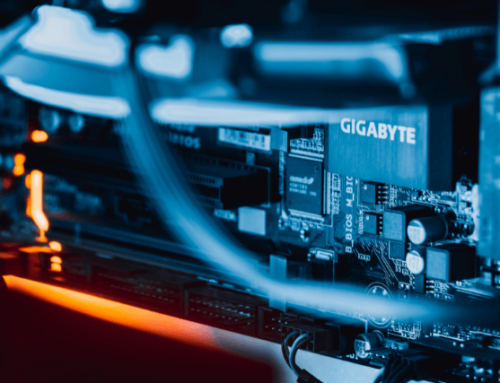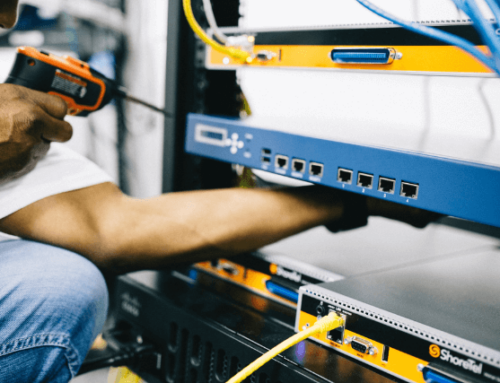Take 4 minutes to read this article
Change is inevitable within the IT landscape where technical and scientific advancement—in congruence with the escalating demands of modern businesses—drive the evolution of available technology. Often, this change takes place rapidly. Tried-and-true technologies become increasingly ineffective and are eventually deemed obsolete in the face of newer developments. You can’t afford to fall behind.
So, how do you mitigate the effects that these industry fluctuations have on your data center?
Oracle’s Recent EOL Announcements
For instance, Oracle’s decision last year to let Solaris and SPARC reach end-of-life (EOL) illustrates just how quickly traditional technology solutions can be outperformed by competitors. It’s also an apt reminder for Oracle customers that they need to keep pace with advancements in technology, anticipate how these changes will impact their business needs, and take the proper steps to mitigate any inefficiencies that may arise.
The End of a Unix Operating System and RISC Processor
Let’s take a moment to quickly remind you of the Solaris/SPARC product history.
Acquired in 2010 from Sun Microsystems Inc., Solaris is a Unix-based operating system that is used in Oracle’s SPARC server suite. Although Oracle initially appeared to have every intention of updating and supporting the product for years to come, upper management ultimately decided to sunset both Solaris and SPARC. The x86-based competition had dominated current markets, and SPARC simply couldn’t recover.
After major layoffs last year for Solaris and SPARC engineers (coupled with a change of Oracle’s release roadmap for Solaris), it became clear that Oracle was planning to mark both Solaris and SPARC for EOL. Not only did the company cancel their release of Solaris 12, but they also began to shift their focus to integrating SPARC and Solaris into Oracle Cloud. Oracle has continued to provide delivery updates to Solaris and SPARC and promises to sustain support through 2034, but they do not plan to release any substantive updates or modifications in the future. The reality is that both lines will most likely fade back into tech-oblivion long before then.
What does this mean for Oracle clients who are currently using these products? As with all change—and if they want to avoid critical impacts to their organization—these clients will need to begin planning for a smooth transition to other IT platforms.
What You Can Learn from SPARC’s EOL
It’s never been a question of if; it’s always been a question of when.
Technologies come and go (as we have seen with Microsoft Windows XP, 7, and 8.1 and Adobe Flash Player), and IT leaders who want to keep their businesses from doing the same need to do their best to stay technically and conceptually ahead of the market. If you’re not prepared, then your company may find itself in an impossible situation when vital elements of your infrastructure suddenly become obsolete.
The only way to ensure that your organization is adequately primed for industry fluctuation is to stay up-to-date with the latest IT trends, declines, and innovations. Most importantly, you need to identify and implement the proper protocols to help your business thrive. But planning and implementation are two very different things, and you have a large business to run. You can’t always keep your finger on the pulse of such a fickle market.
Strategic Planning with the Experts
CentricsIT experts are constantly working to anticipate changes in the industry and adapt strategies that meet the demands of modern organizations and, more importantly, meet the unique needs of our clients. As technology continues to evolve, so do our approaches to help businesses make smarter IT decisions.
By remaining deeply entrenched in current markets, we have the real-time expertise to keep your infrastructure up-to-date and your IT team adaptable—your company won’t be left behind to suffer from vendor disruptions or productivity setbacks due to outdated technologies or system failures. Moreover, our experience within secondary markets grants us unlimited, economical access to replacement hardware as well as the concrete experience necessary to support legacy systems. We help you get the most out of your technology for as long as you want to use it. Unlike the OEMs, CentricsIT grants our clients full autonomy; no longer are you forced to make decisions based on cancelled support contracts or EOL announcements. You decide when and how to upgrade.
You can’t afford to be anything but prepared. Stay ahead of change with CentricsIT.
Have a line of hardware that just reached EOL? Contact a Solutions Architect at CentricsIT to begin supporting your hardware strategically and on your terms.




